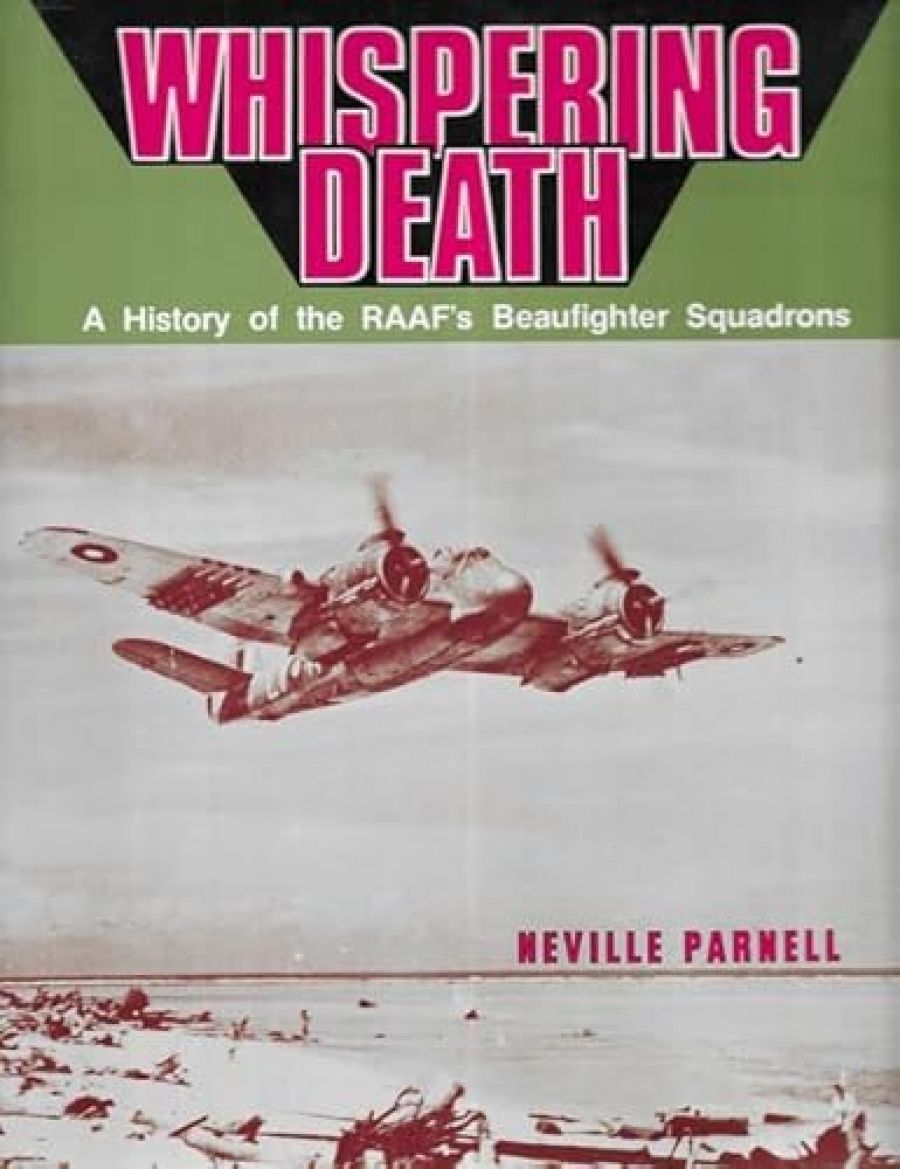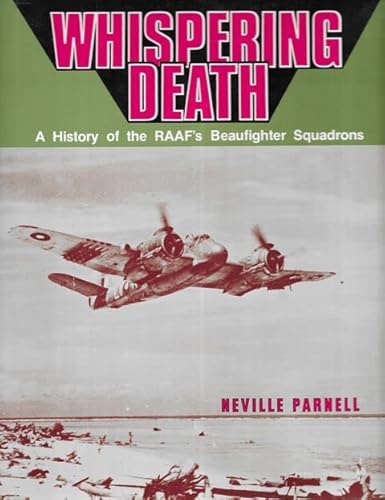
- Free Article: No
- Contents Category: Military History
- Review Article: Yes
- Article Title: Quiet Death
- Online Only: No
- Custom Highlight Text:
Some aircraft seem to be designed to achieve worldwide publicity, like the Spitfire, while others just do not make the headlines because they are not engaged in the more historical clashes. The Bristol Beaufighter was one of the combat aircraft without which the Second World War could not have been won, but it has never caught the public eye. This book tells the story of the decision to manufacture the Beaufighter. under licence in Australia- and the combat achievements of ‘both British-made and Australian-made Beaufighters during the Japanese War in. the Southwest Pacific Area, as it was then known.
- Book 1 Title: History of RAAF’s Beaufighter Squadrons
- Book 1 Biblio: Reed, 128pp, $17.95
- Book 1 Cover Small (400 x 600):

- Book 1 Cover (800 x 1200):

The Beaufighter was produced here because it had some 75 per cent ‘commonality’ with the Beaufort bomber from the same English stable – that is, if you produced Beauforts, as we did earlier in the piece, then it did not take much trouble to produce Beaufighters as well. These two aircraft made it possible for the RAAF to hit the Japanese in New Guinea and the rest of the SWP-A without them we would have had no offensive capability until Washington and London agreed to let Liberators trickle down this way late in the war. This is not one of those books which give a connected account of the whole Beaufighter story as a narrative. It starts with the political and RAAF decision to count of the. Production process. Then it takes Beaufighter units one by one and relates their combat stories. There are many photographs of squadron pilots, single, groups and in official squadron pictures – No. 30 Squadron all wearing the old Raj pith helmet! – and their aircraft, in flight, crashed, and fighting. There is a complete list of every Beaufighter pilot who flew on operations, some combat reports are reproduced, together with ‘Operating Procedures For Beaufighter Aircraft, serial numbers, with individual aircraft histories, and a, list of awards. This is the sort of book later historians find invaluable.
Why Whispering Death? The Japanese gave this name to the Beaufighter because they could hear it after but not before it reached them, a most useful quality for the pilots concerned.


Comments powered by CComment